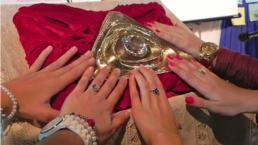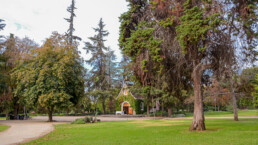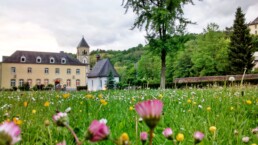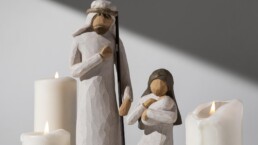Small groups, great Work
At the beginning of December 1915, the first group of the Schoenstatt Movement outside the seminary was formed in Germany. This step clearly shows the Work, even in the first months, was already extending its boundaries, and Mary went beyond the initial frontiers to spread to the whole world.
Both, the first group outside the seminary as well as the group of congregants, who sealed the first Covenant of Love, marked a very peculiar characteristic of Schoenstatt: the practice of community life. In the Apostolic Movement, the federations and institutes establish the so-called “courses”, that is, groups of people who will grow and develop together, according to Schoenstatt’s spirituality, the spirituality of the Church and the spirituality of the community to which they belong. The courses do not necessarily represent people who live in the same house or who are together all the time, but those who meet regularly and share their experiences with a vision of mutual growth. Thus, it is common to hear the expression “sister or brother course”, whether for Sisters, women, Fathers, families, etc.
Unlike what happens in the federations and institutes, the Apostolic League – Family League, Mothers’ League, Youth, etc. – does not require the formation of groups. Father Alexandre Awi elaborates: “When the Movement was born, the Father and Founder believed that in Schoenstatt there should be room for everyone. Those who do not have a vocation for community life, but want to be in Schoenstatt and belong to the Family through the Covenant of Love and through the branch ideal, can join the League.
However, many times the leagues also form groups. “Those who belong to the League do not necessarily have to be in a group, although it is highly recommended, because the community experience is very good. As Brazilians or Latinos, in general, our way of being highly values group life, but there are those who are not involved in any group, nor have they ever been, and that doesn’t mean they don’t belong to the League. Those persons are encouraged to participate in a retreat, in an annual branch meeting, in a general activity, but they do not necessarily have to be in a group”, explains Father Alexandre.
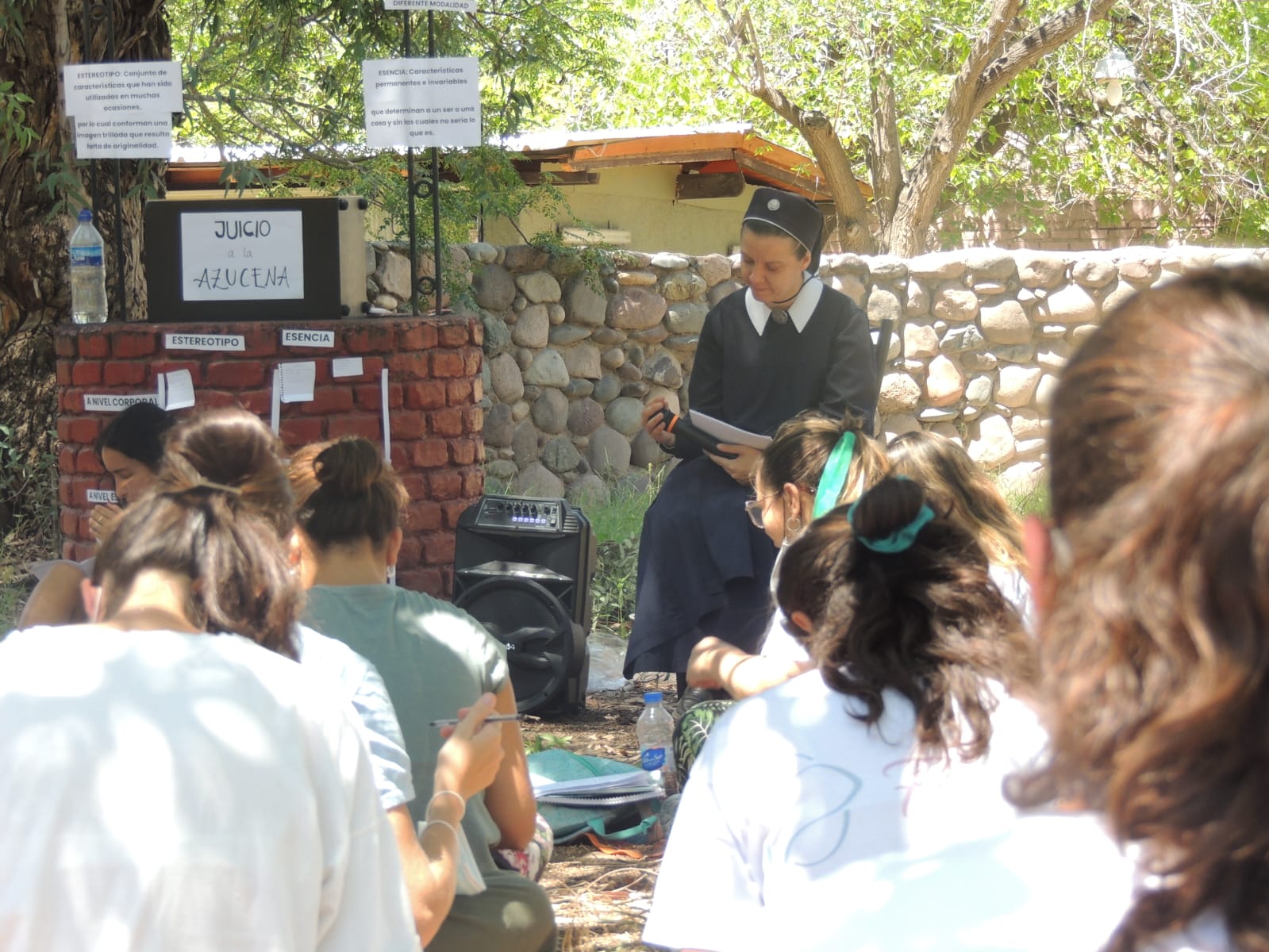
Why do we form groups in Schoenstatt?
Community life, according to Father Rafael Fernandez, is a response to the fundamental need of the individual to be in communion with other people. It also represents the following of the pedagogical method of Jesus and the struggle against the evils of this historical moment that fosters individualism.
Forming community is Jesus’ method
The formation of a group corresponds to what the Lord teaches. Christ came to unite everyone as brothers and sisters. His Good News proclaims that there is a common Father for humanity whom we call “Our Father”. He leaves a final request to his disciples: “A new commandment I give to you, that you love one another. As I have loved you, so also love one another. By this all will know that you are my disciples, if you have love for one another” (Jn. 13:34-35). Christ calls each individual to form a community, similar to the intimate community he had with the Father in the Holy Spirit. The Schoenstatt groups want to be a revival of the community founded by Jesus, a community of mission.
A response to the historical moment
The formation of groups and courses is an attempt to respond to the ideological currents of individualism taking over the world. Individualistic freedom does not allow us to see the needs of others, but is self-sufficient, thus becoming self-destructive for man himself. There is also, besides other risks, the risk of the totalitarianism of ideas when man does not think for himself, but follows the trends of the masses, becoming what Father Kentenich calls “a part in a large machine”. The group, in its discussions and in the light of the Holy Spirit, helps to confront these evils of our times.
What are the Schoenstatt groups called to be like?
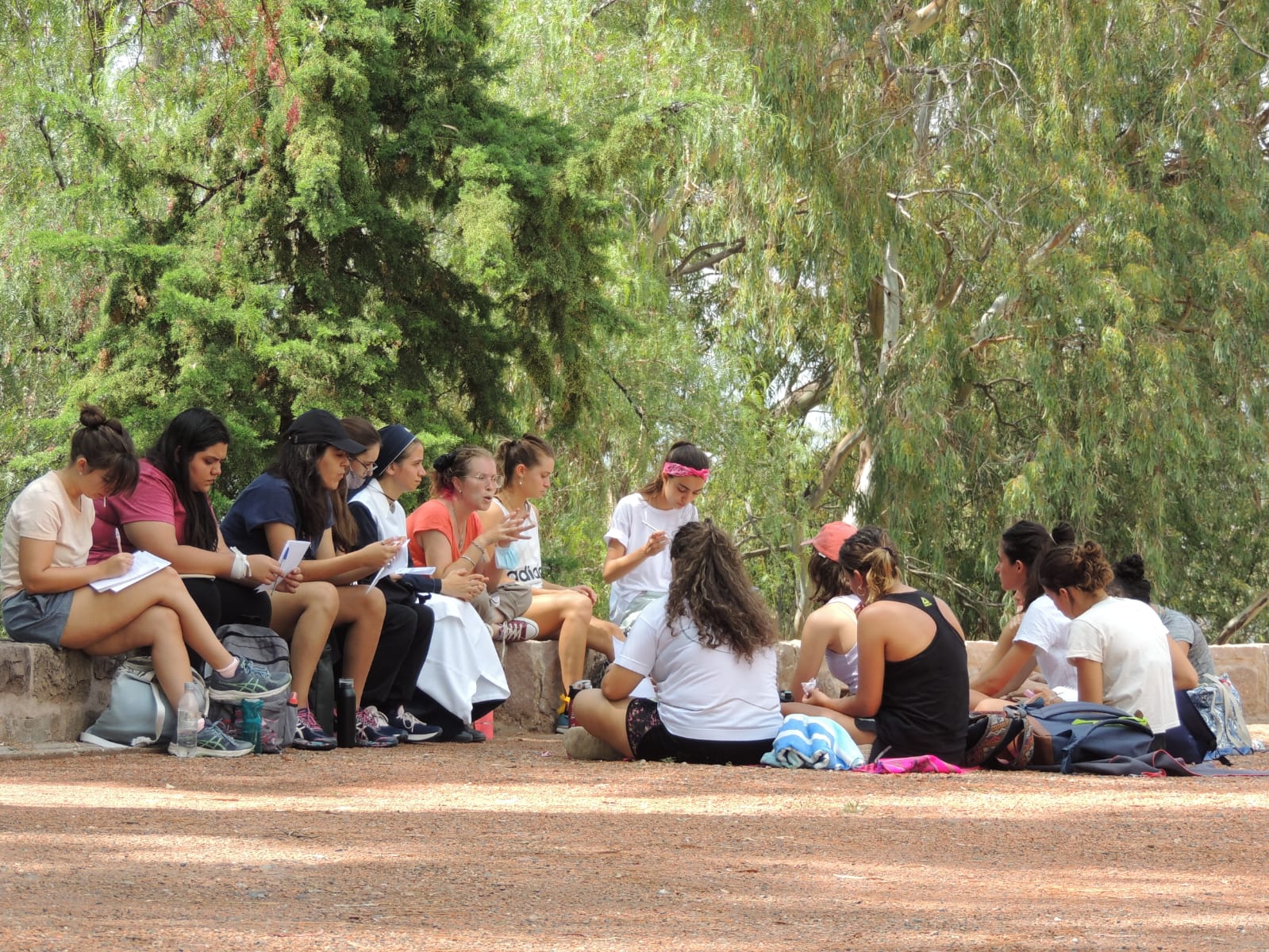
Father Rafael Fernandez, according to the teachings of the Founder, points out five essential characteristics that should be the trademark, the “face” of a Schoenstatt group:
– A fraternal or family community, in which each person feels the other as a true brother and lives in intimate solidarity with him.
– A Marian covenant community, that is, a community of faith that grows and is perfected through a deep and fervent attachment to Mary. In Mary the group finds the most direct way to live with Christ, the Father and the Holy Spirit.
– A community of ideals, which is guided by the highest goals and wants to strive consciously to achieve them.
– It is also a community of self-formation. One enters the groups to grow, to transform oneself, to shed the old man in order to become a new man.
– The group should remain, above all, an apostolic community. As the Founder, Father Kentenich, emphasized, one does not join Schoenstatt to “ease one’s conscience” by shutting oneself up in a small “club of self-sanctification”. The group is a cell of dynamic renewal of the life of the Church and society. Like each person, the group must also bear fruit and this fruit must be abundant and lasting.
One group, one mission
The Schoenstatt courses and groups are a school of apostles and they want to be the seed of the new Church and the new society. “We want to overcome the prevailing individualism and collectivism; we want to overcome massification and dehumanization; we want, above all, to show that the Gospel ideal is not a utopia, but a viable ideal,” states Father Fernandez. It is a matter not only of following history, but of being part of it, or rather, of taking its reins and becoming protagonists, fostering the community spirit that combats individualism. “The transformation of the world must begin in a concrete place, in our own hearts and in our groups. From there it must spread like the light and penetrate like yeast into the dough.”
Source: Cuadernos de formación, nº 1 – El grupo: una comunidad de autoformación. Padre Rafael Fernández, serie de introducción.
Related posts
April 24, 2024
We have a Shrine because there are pilgrims
It took me about twenty years before I could understand the significance of an experience I had as a child and realize how consistent it…
April 18, 2024
Covenant of Love Day: Becoming Prophetic, Like Mary
Dear Schoenstatt Family all over the world, Greetings on the celebration of the Covenant of Love Day. We remember with gratitude and joy…
March 19, 2024
Saint Joseph: Radical service leadership
When we talk about leadership, we tend to bring to mind the image of people of great public or private reputation, with decision-making…

